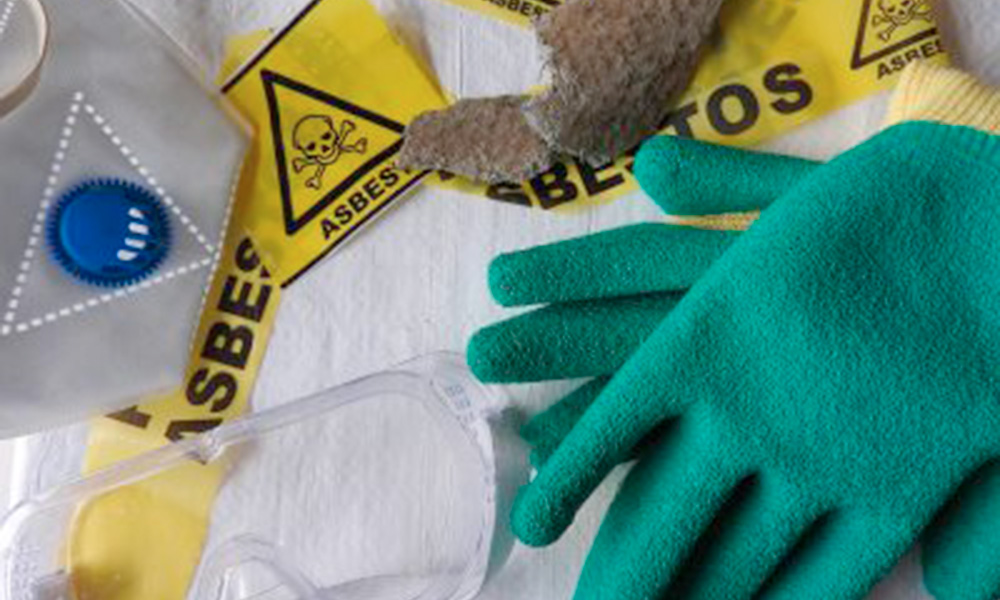Physical Address
304 North Cardinal St.
Dorchester Center, MA 02124


In the realm of commercial property management, the health and safety of building occupants is a paramount concern. Asbestos, a group of naturally occurring fibrous minerals once lauded for its resistance to heat, electrical, and chemical damage, has been found to pose serious health risks. Its presence in older commercial buildings is not uncommon, making asbestos sampling an essential step for any business owner or property manager. This blog explores why asbestos sampling in commercial buildings is not just a recommended practice but a critical necessity.
Asbestos exposure is linked to several serious lung conditions, including asbestosis, lung cancer, and mesothelioma—an aggressive form of cancer primarily affecting the lining of the lungs. These conditions do not arise immediately after exposure but can develop over years, underscoring the stealthy nature of asbestos as a health hazard.
Many countries have stringent regulations regarding asbestos management in buildings. These laws typically require property owners to identify and manage asbestos-containing materials (ACMs) effectively. Failure to comply can result in hefty fines, legal action, and, most importantly, jeopardize the health of building occupants. Asbestos sampling is the first step in fulfilling these legal responsibilities, ensuring that all ACMs are properly identified and managed.
Asbestos was widely used in construction materials before the 1980s for insulation, flooring, roofing, and other applications. If your commercial building was constructed or renovated before this time, there’s a potential for asbestos presence. However, the only way to be certain is through professional asbestos sampling. This process involves collecting samples of suspected materials and analysing them in a laboratory for the presence of asbestos fibres.
Professional asbestos sampling should always be conducted by certified experts equipped with the necessary tools and protective gear. The process involves several steps:
If asbestos is detected, the report will include recommendations for managing or mitigating the risks. Options may include encapsulation (sealing the asbestos material), encasement, or removal. The choice depends on the condition of the ACM, its location, and the potential for disturbance.
Even when initial sampling does not detect asbestos, regular monitoring and reassessment are crucial, especially if renovations or structural changes are planned. Asbestos that was not initially a risk can become a hazard if disturbed by construction activities or building degradation.
Asbestos sampling in commercial buildings is a critical procedure that goes beyond legal compliance—it’s about safeguarding the health and well-being of every occupant. Ignorance is not bliss when it comes to asbestos; knowing the status of your building can prevent serious health issues and legal complications down the line. For business owners, investing in professional asbestos sampling is a wise decision that underscores a commitment to safety and responsibility. Remember, when it comes to asbestos, the only safe approach is a proactive one.